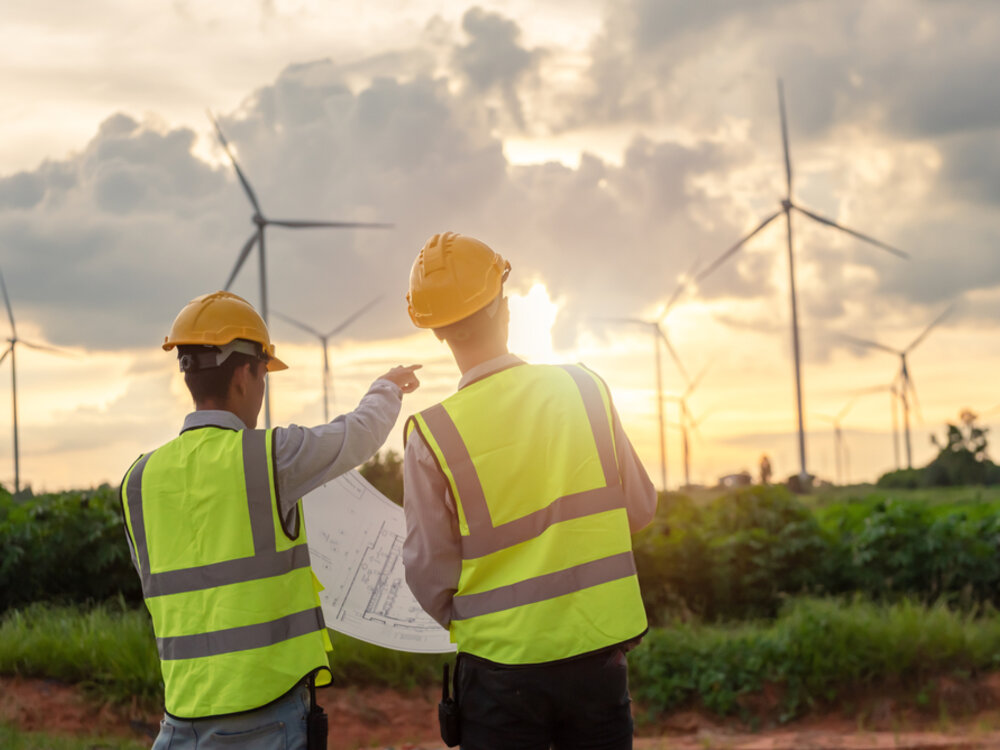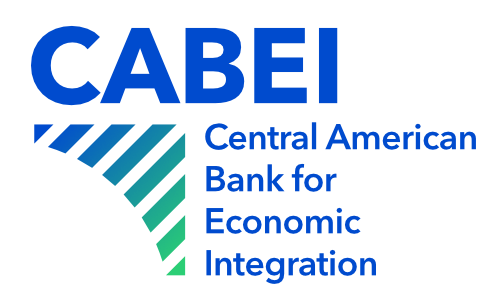CABEI, the bridge between the Republic of Korea and Central America.
Korea is CABEI’s most recent extra- regional member, having finalized its incorporation process in 2020. It is the extra-regional member with the second largest shareholding with 7.67%, a subscribed capital of USD630.00 million and capital contributions of USD33.75 million. The country actively supports Central America through various financial contribution contracts for an amount of USD800.0 million. During 2020, the Bank contracted an On-Lending Facility with the Export-Import Bank of Korea (KEXIM) for USD50.0 million to finance operations under the COVID-19 Emergency Support, Preparedness, and Economic Reactivation Program. Likewise, on August 19 of 2020 a USD 50 million contribution was received by the Korea-CABEI Partnership Single Donor Trust Fund (KTF). A second contribution was received in 2021 for the amount of USD 10 million.
In 2022, CABEI opened its representative office in the Republic of Korea located in the International Finance Center (IFC), Yeouido, Seoul, Korea.
How does CABEI ensure the best environmental and social practices within its operations to address climate change?

The Environmental and Social Risk Identification, Evaluation and Mitigation System (SIEMAS) is the instrument implemented to guarantee the environmental and social sustainability of the operations financially supported by CABEI.
Tegucigalpa, December, 22 2022. - The Central American region is one of the areas of the world that is most vulnerable to the effects of climate change, with an increasing frequency of extreme phenomena such as droughts, forest fires, hurricanes and floods that put the lives of millions of Central Americans at risk, making access to financing to counteract them one of the prevailing needs of the countries to generate greater mitigation and adaptation capacities, as well as to reduce vulnerability.
That is why the Central American Bank for Economic Integration (CABEI) ensures that the operations it finances generate the smallest possible footprint and seeks to adopt measures to anticipate and avoid environmental and social impacts or, failing that, minimize or compensate them through the implementation of a System for the Identification, Evaluation and Mitigation of Environmental and Social Risks (SIEMAS) that generates an Environmental and Social Action Plan for each operation, which contains information such as: the environmental and social risk category, management capacity, and mitigation measures within the conditions of compliance and recommendations that will be monitored.
"Our support for different types of projects is studied in advance to ensure compliance with the best environmental and social practices in each of our operations. With the implementation of our policies, strategies and instruments, we adhere to the highest international standards within the environmental commitments that make us part of the fight against climate change," highlighted CABEI's Executive President, Dr. Dante Mossi.
CABEI: Improving Social and Environmental Management
CABEI has an Environmental and Social Policy that is implemented through the CABEI 2020-2024 Environmental and Social Strategy and the Environmental and Social Risk Management System (SGRAS), which is composed of the SIEMAS and the Corporate Environmental and Social Responsibility System (SASC); the former focuses on the environmental and social management of financed operations and the latter on internal institutional environmental and social management.
"All credit operations that the Bank finances are evaluated and rated according to the level of risk as part of the loan contract that is established with the counterparty, ensuring impact studies as licensing requirements and that each of the risks we rate contain actions to mitigate and reduce any eventuality," explained the head of CABEI's Social and Environmental Monitoring Office, Julio Cárcamo.
It should be noted that, in order to incorporate good practices in environmental and social matters, CABEI has implemented the Complaints, Grievances or Claims Mechanism, as a resource for third parties to report to CABEI potential effects related to environmental and social risks or impacts associated with the operations financed by CABEI.
"SIEMAS also contributes to ensuring transparency and access to information by the public, as it establishes the requirement to publish environmental studies and Environmental and Social Action Plans as a step prior to the approval of each operation, which in turn leads to ownership and the promotion of social auditing in the initiatives, which is what we are trying to promote through these processes," concluded Cárcamo.
To view available SIEMAS plans visit the Social and Environmental Monitoring Office website.



![[Translate to English:] [Translate to English:]](/fileadmin/_processed_/6/1/csm_20220712154134-D8K_1842_056e46212c.jpg)

